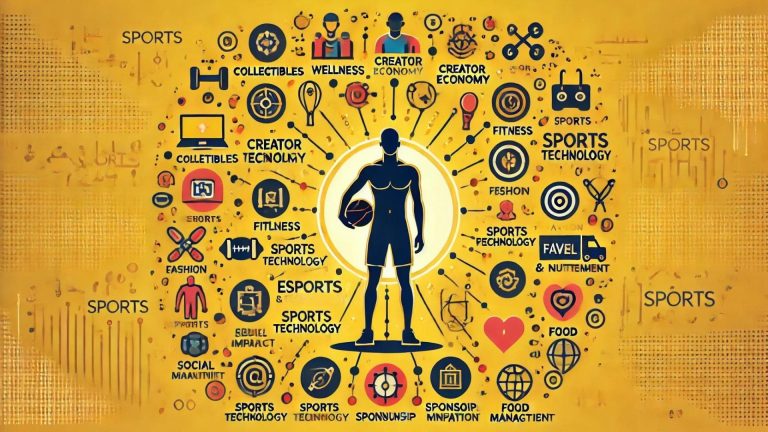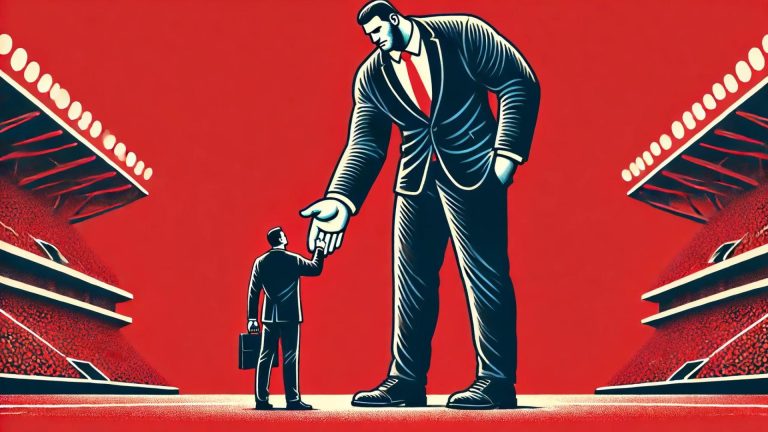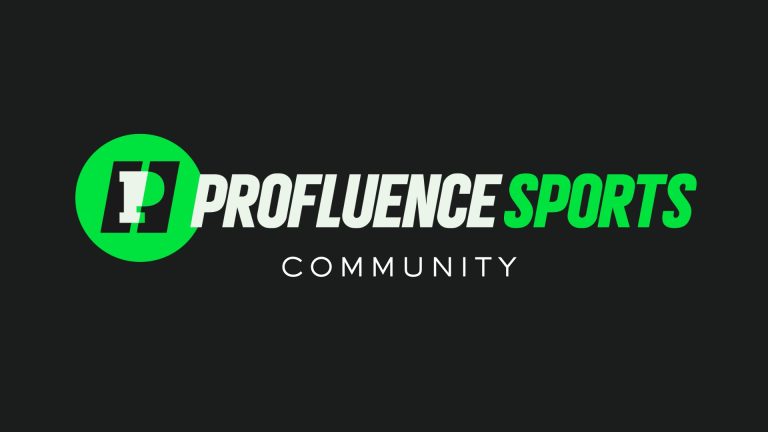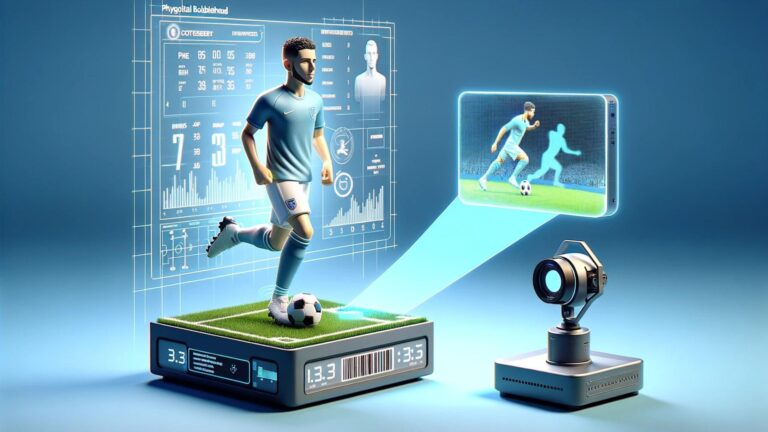There’s a vertical of sports going under the radar…
And in a reality where:
- athletes are being paid $60M/year
- teams are spending billions on players
- and just one injury could cost a career
I believe more of us should be paying attention to the opportunities that lie within sports medicine.
Let’s Dive In 👇
History of Sports Medicine
Believe it or not, sports medicine is as old as sport itself.
Ancient civilizations such as Greece and Rome recognized the importance of athlete care — as Olympiads and Gladiators were assigned a physician for their injuries.
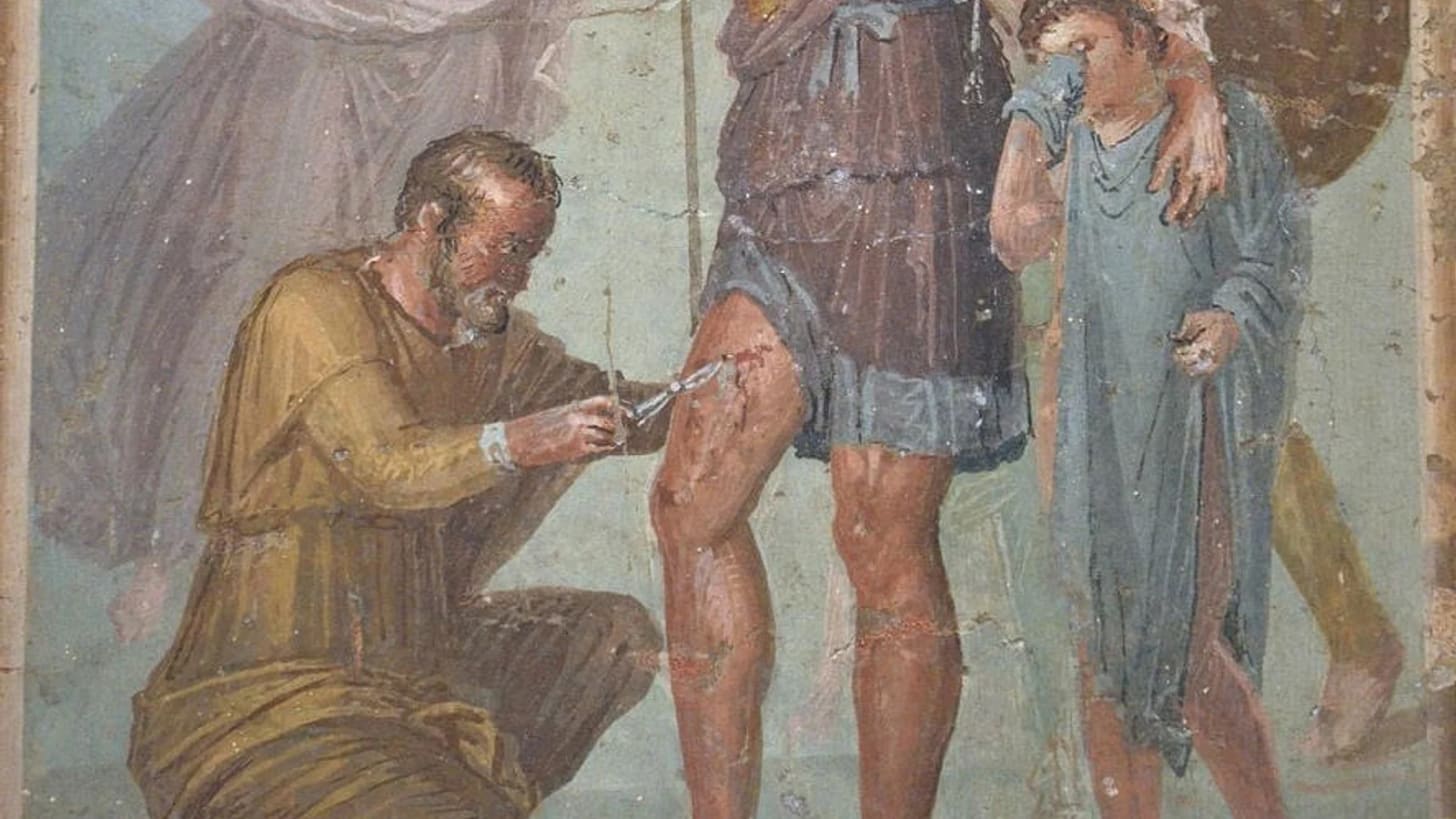
- Greek physician Herodicus developed systematic exercise and diet regimens for athletes.
- Traditional healers and folk remedies contributed to injury management in the Middle Ages.
- With the advent of organized sports and the Olympic Games, the need for specialized athlete care became formalized in the 20th century:
- 1928: International Congress of Sports Medicine
- 1950: National Athletic Trainers Association (NATA)
- 1954: American College of Sports Medicine (ACSM)
- 1972: American Orthopedic Society Sports Medicine (AOSSM)
- 1991: American Medical Society for Sports Medicine (AMSSM)
Pioneers like Dr. Frank Jobe (Tommy John Surgery) have made important strides in sports science and injury treatment.
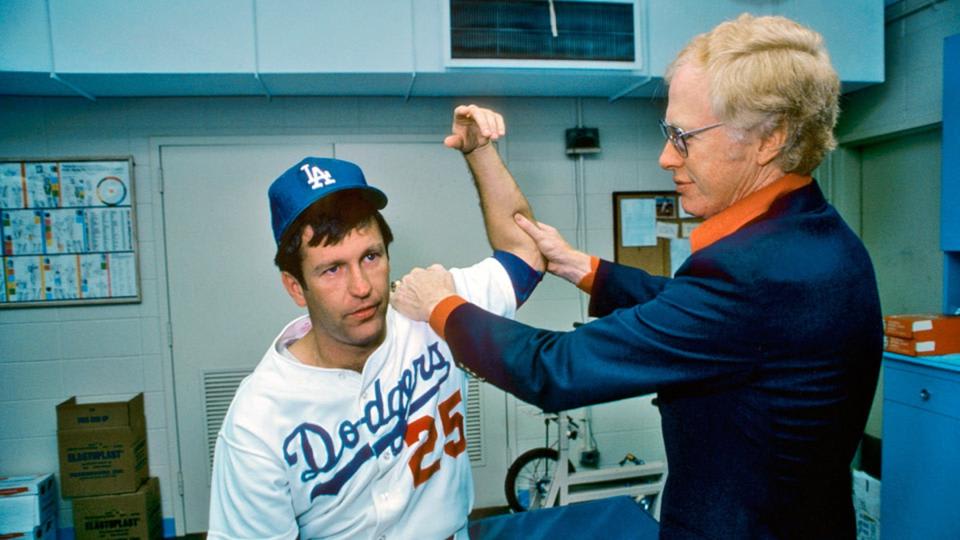
And surprisingly, many of these advanced surgeries that saved the careers of athletes are relatively new.
What is Sports Medicine?
Sports medicine is a specialized field that focuses on enhancing athletic performance, preventing injuries, and facilitating the recovery of athletes.
And in recent years…
Sports medicine has witnessed remarkable growth, becoming an integral part of athletics at all levels (pro to youth).
The global sports medicine market is projected to grow by USD $2.65 billion from 2022 to 2027, with a compound annual growth rate (CAGR) of 6.47%, according to a Technavio report.
Key Components of Sports Medicine
In modern sports medicine, various components converge to optimize athletic performance and minimize injury risks.
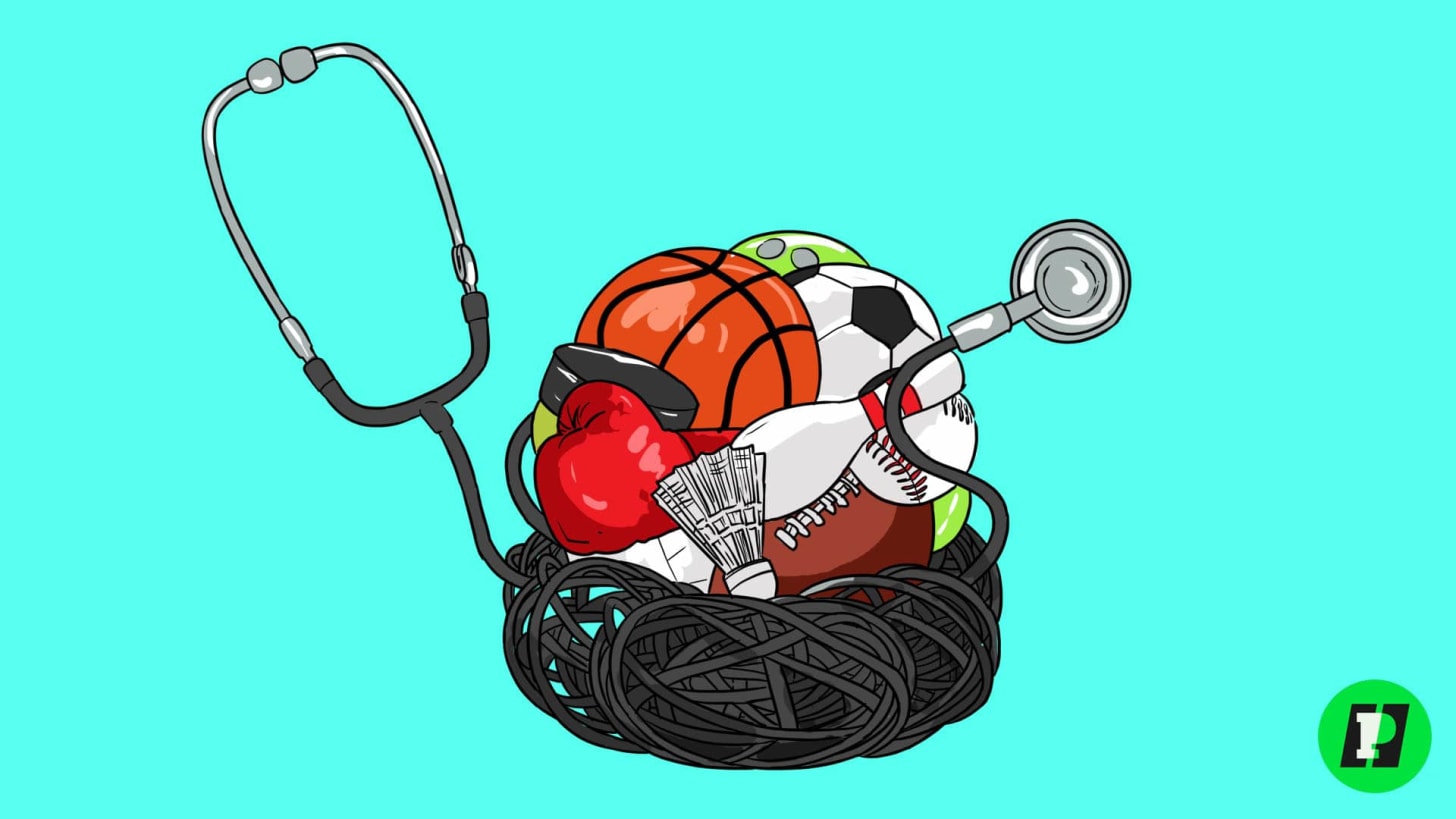
You can break the space into 5 distinct areas:
1️⃣ Sports-Specific Training
Tailored training programs designed to address the specific demands of each sport, optimizing physical conditioning and skill development.
2️⃣ Nutritional Guidance
Sports nutritionists develop personalized diets to fuel athletes’ performance and aid in recovery.
3️⃣ Sports Psychology
Mental health professionals assist athletes in managing stress, anxiety, and performance-related challenges.
4️⃣ Injury Prevention
Sports medicine experts employ advanced techniques, such as biomechanical analysis, to identify potential injury risks and devise preventive strategies.
5️⃣ Rehabilitation and Physical Therapy
Innovations in rehabilitation techniques, such as aquatic therapy and functional training, expedite athletes’ recovery and return to play.
Sports Medicine’s Growth
Sports medicine isn’t just limited to elite athletes anymore…
As the sports industry expands, athletes and medical professionals are grappling with a surge in injuries.
In the United States, about 3.5 million children & teens are injured each year in sports.
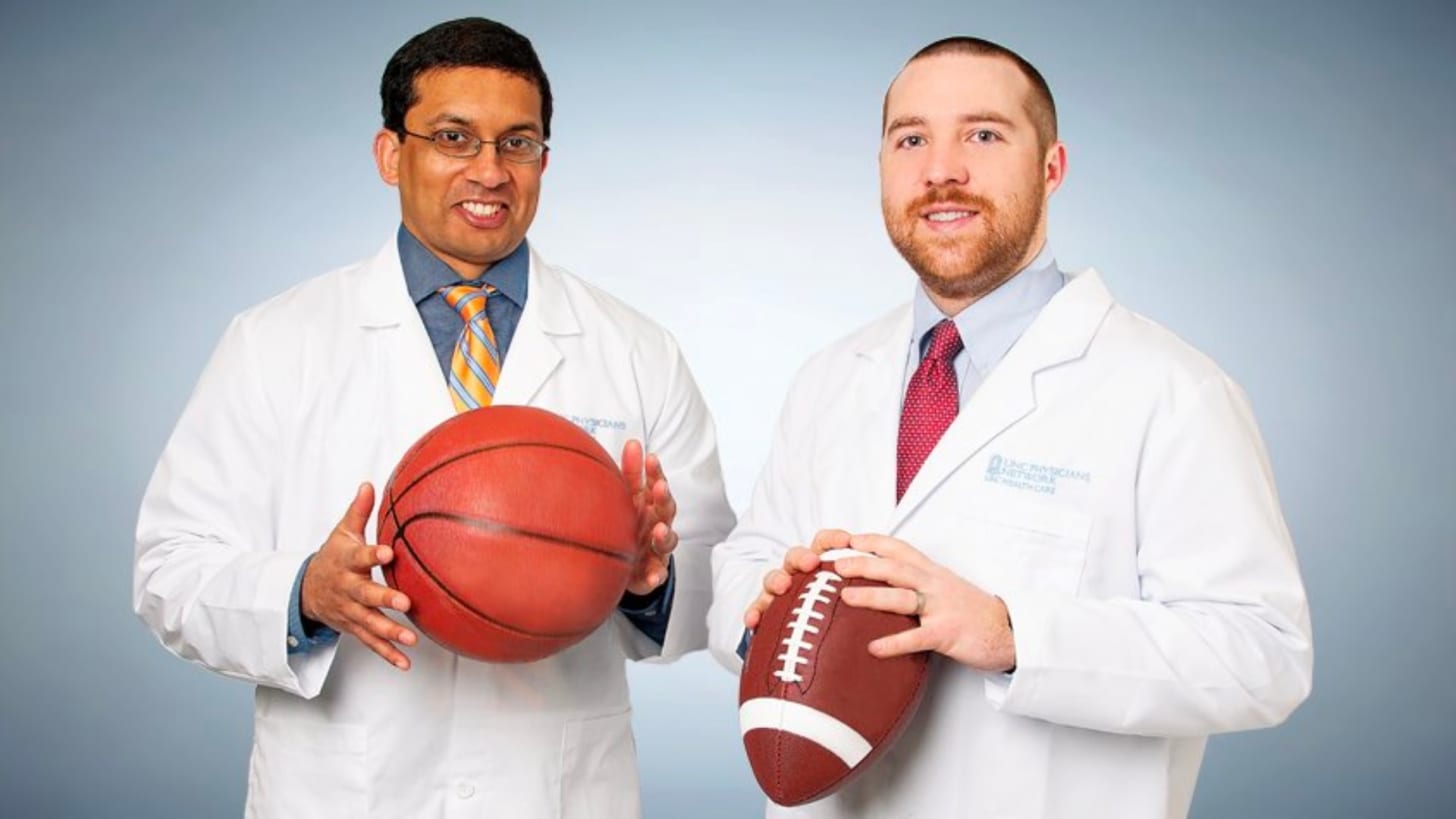
Factors contributing to this rise are:
- intense training
- high competition pressure
- increase in turf/artificial fields
Consequently, the growing number of sports injuries is projected to boost the demand for sports medicine (while also entering adjacent fields like workplace wellness and public health initiatives).
Most notably…
Amateur and youth sports are seeing a surge — as injuries can prevent families from seeing potential life-changing money through NIL.
Technological Advancements in Sports Medicine
With a greater demand for sports medicine services…
We’ve seen amazing developments hit the space:
- Biomechanics: High-speed cameras and motion analysis systems provide insights into athletes’ movements & helping coaches refine techniques.
- Imaging Techniques: MRI, CT scans, and ultrasound offer detailed views of injuries, aiding accurate diagnosis and treatment planning.
- Wearable Technology: Devices like heart rate monitors, GPS trackers, and smart clothing enable real-time monitoring of athletes’ physiological data.
- Replacement: technologies like orthopedic implants and devices, including joint replacements, are becoming integral to sports medicine
- Virtual and Augmented Reality: AR/VR is utilized in rehabilitation programs, creating immersive environments to aid in recovery and performance enhancement.
- Minimally Invasive Surgeries: robotics and computer-assisted techniques, have improved the field of minimally invasive surgeries.
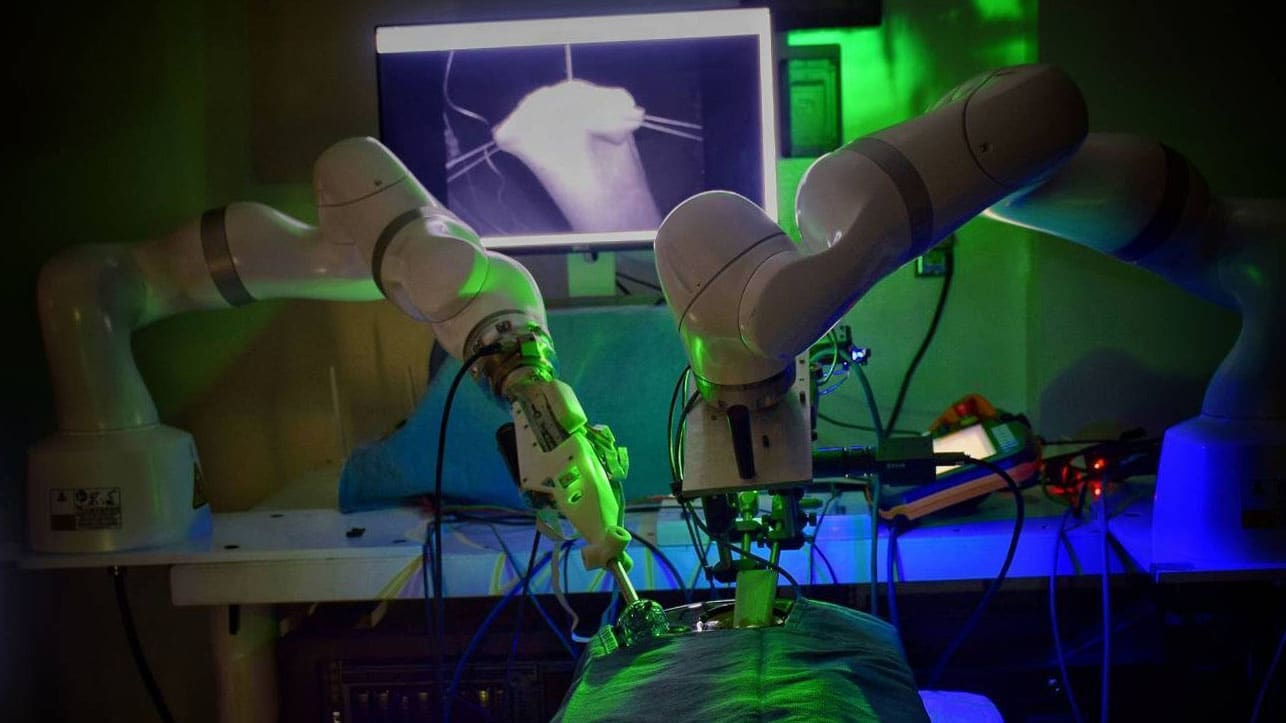
And over the last few years, we’ve seen a new wave of innovation being integrated into sports medicine…
- Genetic profiling to tailor training and recovery plans based on an athlete’s genetic makeup and predisposition to certain injuries.
- AI and Machine Learning to assist in identifying injury risks and optimizing rehabilitation protocols through predictive analytics.
So where’s this all headed?
Going Forward
The growth of sports medicine from ancient practices to modern tech advancements has reshaped the athletics landscape (and created a multi-billion dollar industry in the process).
Interestingly…
When you look at the sports medicine market — it is fragmented — with a bunch of different companies vying for market share within every niche.
I think this is one of the most overlooked areas in all of sports with ample opportunities (and growth ahead).
Opportunities in sports medicine space
- Injury Prevention Technology – big contracts await for anything that reduces/prevents injuries
- Rehabilitation Innovations – accelerating the recovery process after injuries is important as well
- Sports Psychology Services – the mental health side of the equation is important, not many tools for athletes’ brains in the market currently
- AI Startups – smart recovery equipment, injury prevention apps, or AI-driven performance optimization tools make sense
- Sports Equipment Design: creating sports equipment that minimizes injury risks while maximizing performance will stay hot, hardware can be tough though
- Sports Analytics: using AI & ML to identify patterns, trends, and insights that can inform training and game strategies has a ton of room for growth
- Biotechnology and Regenerative Medicine: develop therapies that aid in tissue repair, muscle regeneration, and accelerated healing for sports-related injuries
- Athletic Performance Testing Centers: this one is interesting as more “regular folks” are looking to live like elite athletes (metabolic rate analysis, VO2 max testing, and biomechanical assessments)
Building something interesting in the sports medicine space?
Feel free to reach out.

